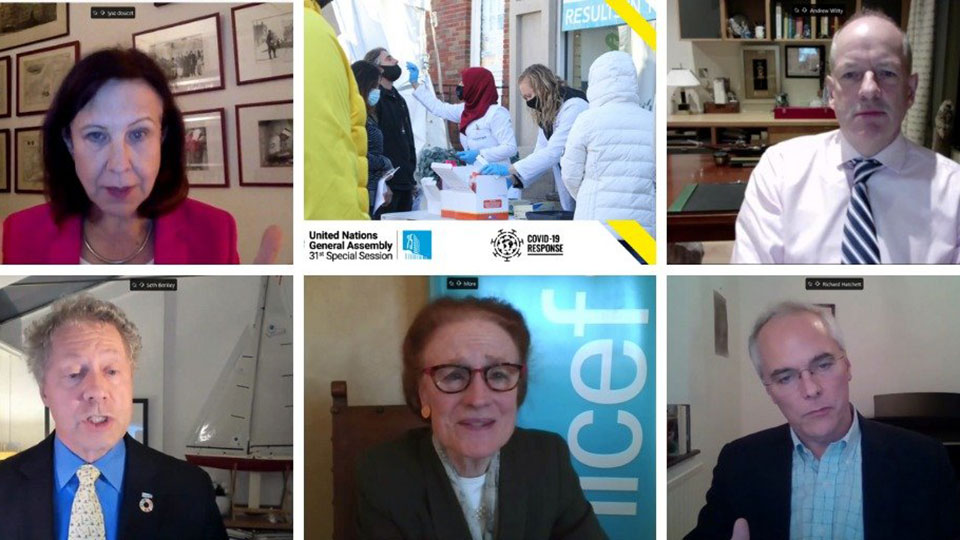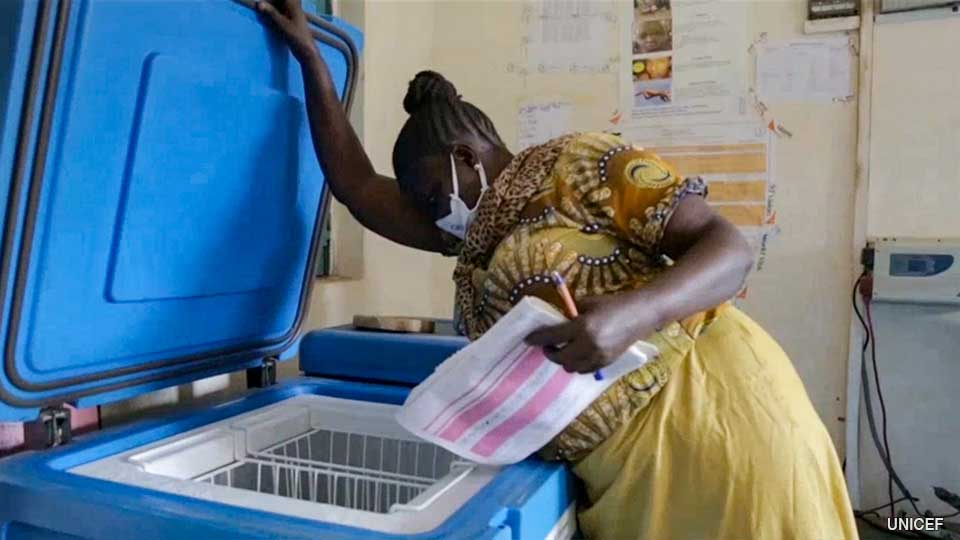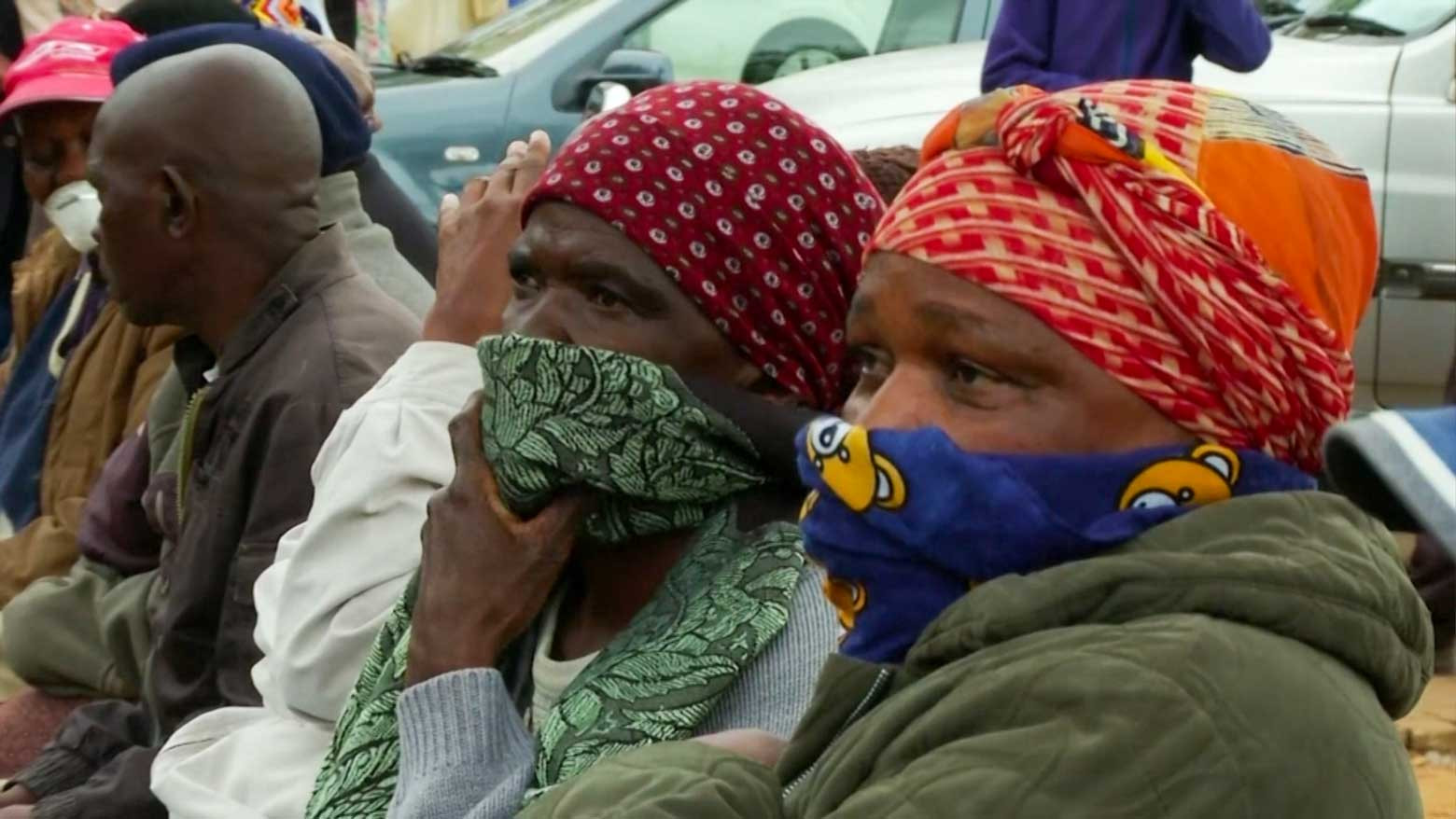The COVAX Facility, co-led by the World Health Organization and other institutions, is an international program to answer just that question. With the backing of 189 economies, it works to ensure that developing countries aren’t left behind as the vaccines are distributed.
Richard Hatchett is CEO of the Coalition for Epidemic Preparedness Innovations, or Cepi, which co-leads COVAX. His organization has invested $1.1 billion in vaccine development projects. But despite the efforts of COVAX, he says he’s still concerned that developed nations could monopolize the vaccines.
Hatchett cites the case of the 2009 swine flu outbreak. Back then, wealthy countries such as the United States bought up most of the vaccines, leading to a shortage of supply to patients in developing countries. He argues that to end a pandemic in a globalized world, you have to first give vaccines to those who need them most.
“Even if you can secure enough vaccines to protect your population, you are still part of a world that is suffering devastation from the pandemic,” he says. “If elected officials just think about the populations for which they are responsible, that actually will result in a prolongation of the pandemic.”
Hatchett believes that demand for the vaccines will exceed supply throughout 2021 and says, “carefully managing that scarce resource and making sure the people who are at greatest risk of getting sick get the vaccine first is the fastest pathway out of the pandemic.”

US could play key role
Though most of the world is supporting COVAX, there is one notable absentee: the United States. But there’s hope it might soon come on board.
“We are in touch with many of the experts that will make up the next [US] administration,” says Seth Berkley, CEO of Gavi, the Vaccine Alliance, another organization that also co-leads COVAX. His group is working to procure funds for vaccine purchases and has set a goal of securing 2 billion doses by the end of next year. It has secured almost one billion to date. Berkley says they’ll need another $5 billion to hit their target, but he hopes the US will soon help out with financing.
Distribution to developing countries
UNICEF, the United Nations Children’s Fund, is working with the World Health Organization to prepare developing countries for the vaccine. It’s looking to secure 520 million syringes by the end of the year so mass immunization can begin in the first quarter of next year, when the southern hemisphere heads toward winter.
The biggest challenge is to secure refrigeration equipment for the storage and transport of the vaccines. Vaccines developed by Moderna and AstraZeneca, the two leading candidates supported by COVAX, both need to be stored at temperatures of 2 to 8°C.
Part of the infrastructure is already in place. UNICEF has spent the past 5 years installing 40,000 refrigerators in developing countries for vaccines against pneumonia and other illnesses. Dr. Benjamin Schreiber, deputy chief of immunization at UNICEF, is now working on the logistics of cold chain transportation for such a large number of vaccination doses.
“They [developing countries] have become able to accommodate COVAX vaccines so that’s really important,” Schreiber says. “But we do have some bottlenecks because these refrigerators went mostly to remote and rural areas.”

Each country participating in the COVAX plan should be able to purchase vaccines for up to 20 percent of its population. The organizations believe this will at the very least cover vaccinations for healthcare workers and those most at risk, such as the elderly and those with underlying conditions. But the particulars of who gets the doses will be left to the countries themselves.
At a press conference last month, WHO Director-General Tedros Adhanom Ghebreyesus hailed the international community for preparing a vaccine on such a condensed timeline and underscored the magnitude of this achievement: “No vaccines in history have been developed as rapidly as these.”
But he added that it would be meaningless if the distribution wasn’t carried out equitably and effectively. “The urgency with which vaccines have been developed must be matched by the same urgency to distribute them fairly.”
“We’re not safe until everyone is safe.”



